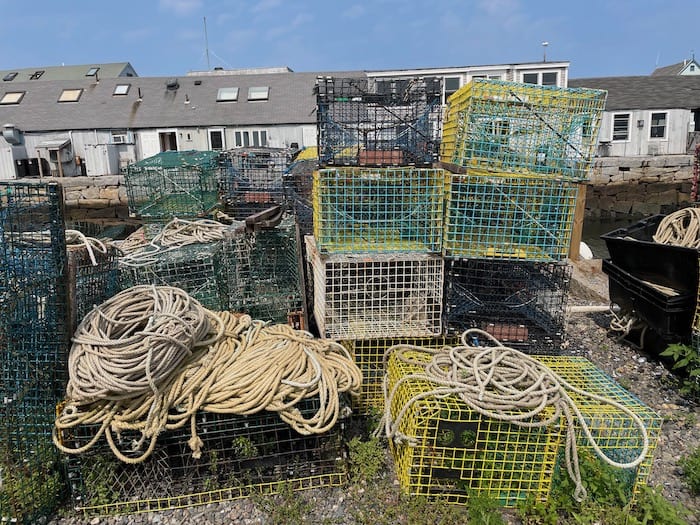No big travel plans for this summer, once again. But we’re trying to make the most of day trips. Two weekends ago, we spent a beautiful day in Rockport, Massachusetts. I hope you enjoy the view.
I’ll be taking a break from this blog next week, back on August 24. I hope you’re finding time to savor good weather, travel safely, and relax, too. Be well.
Evelyn Herwitz blogs weekly about living fully with chronic disease, the inside of baseballs, turtles and frogs, J.S. Bach, the meaning of life and whatever else she happens to be thinking about at livingwithscleroderma.com. Please view Privacy Policy here.





















